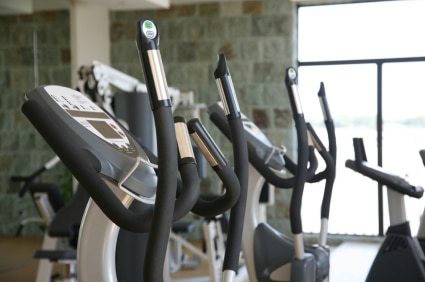Regular exercise helps with weight loss, though nutrition ismore important. But, we will discuss the role of exercise to lose weight in...

Regular exercise helps with weight loss, though nutrition ismore important. But, we will discuss the role of exercise to lose weight in...